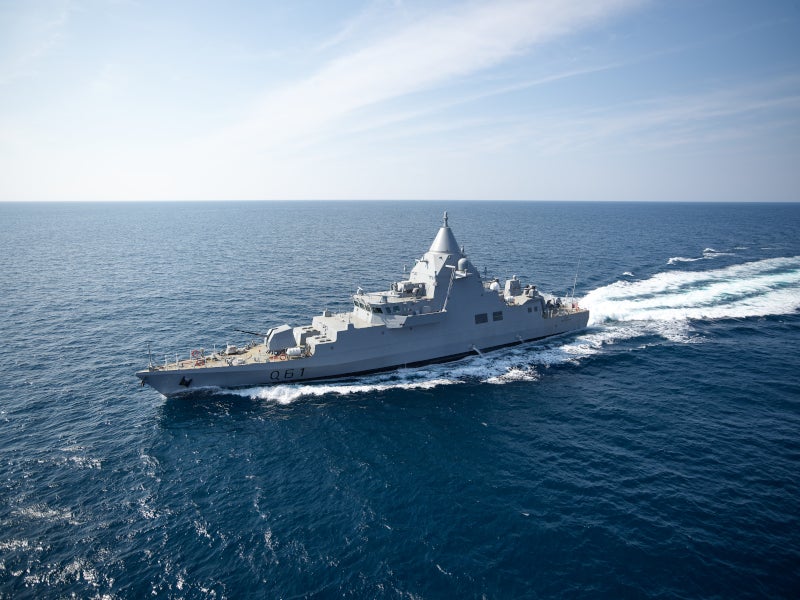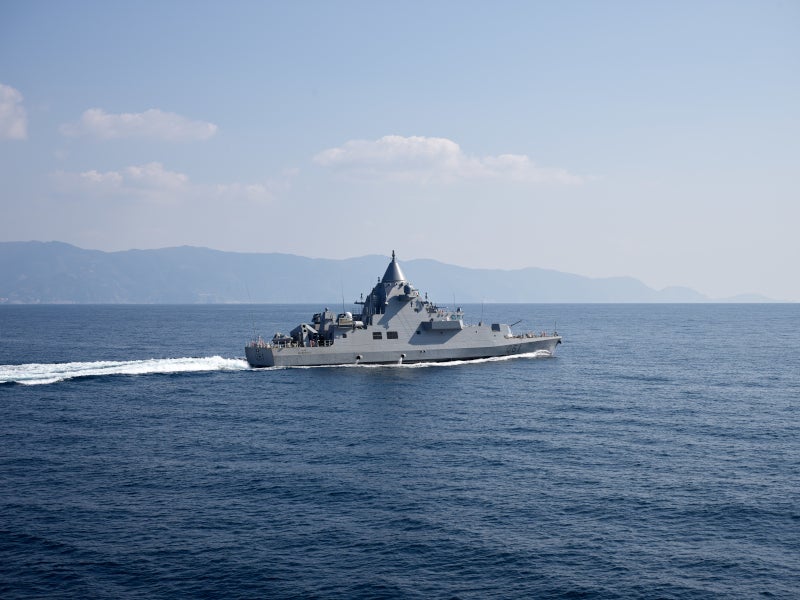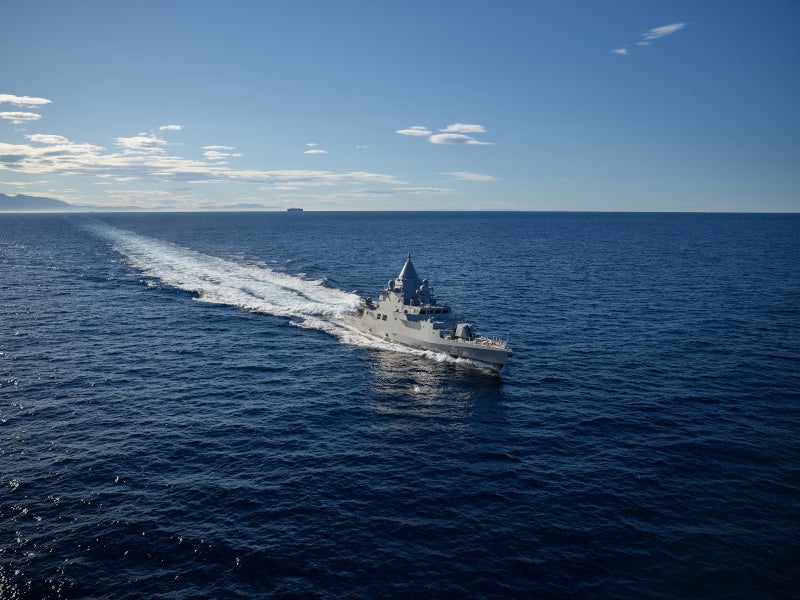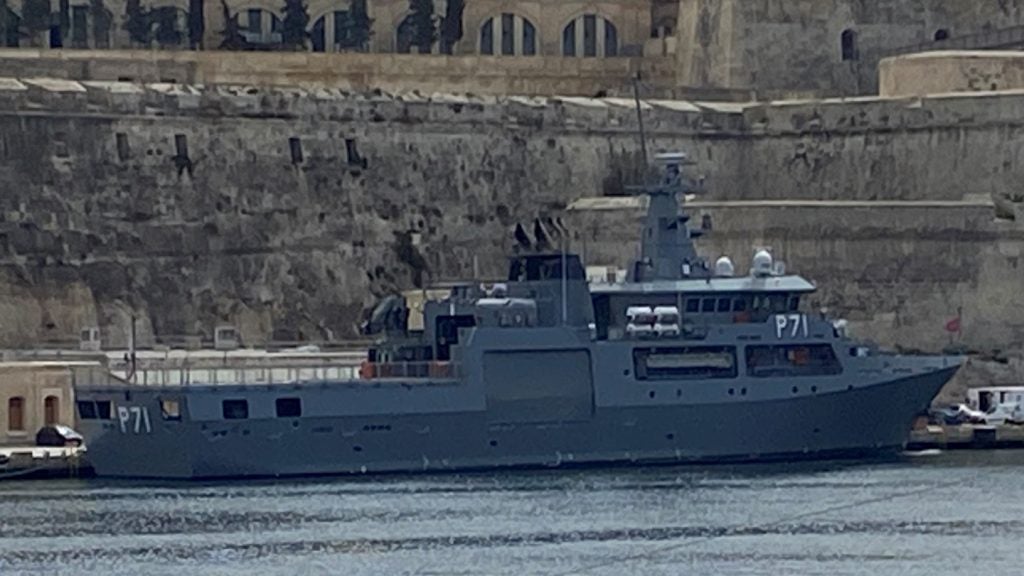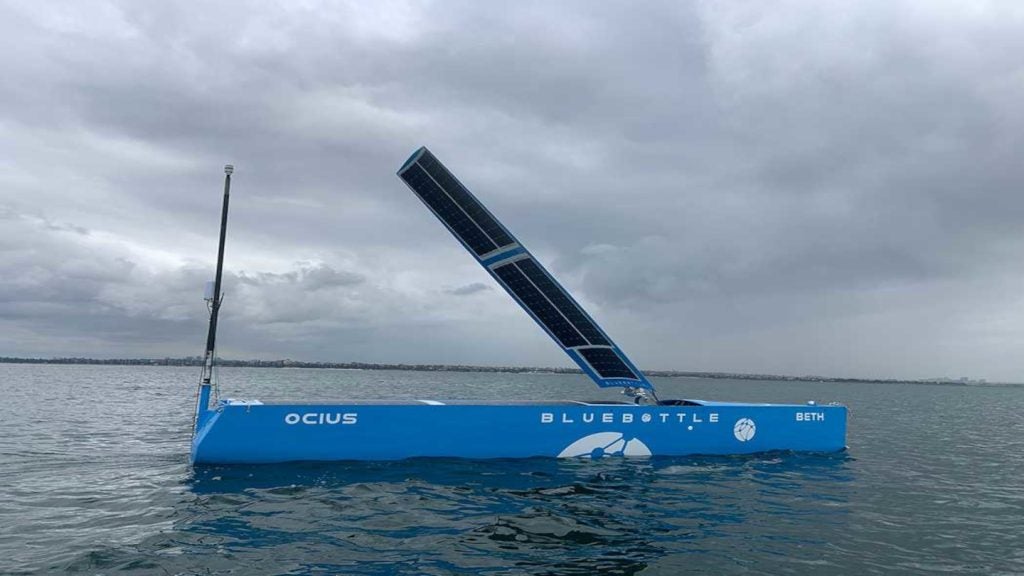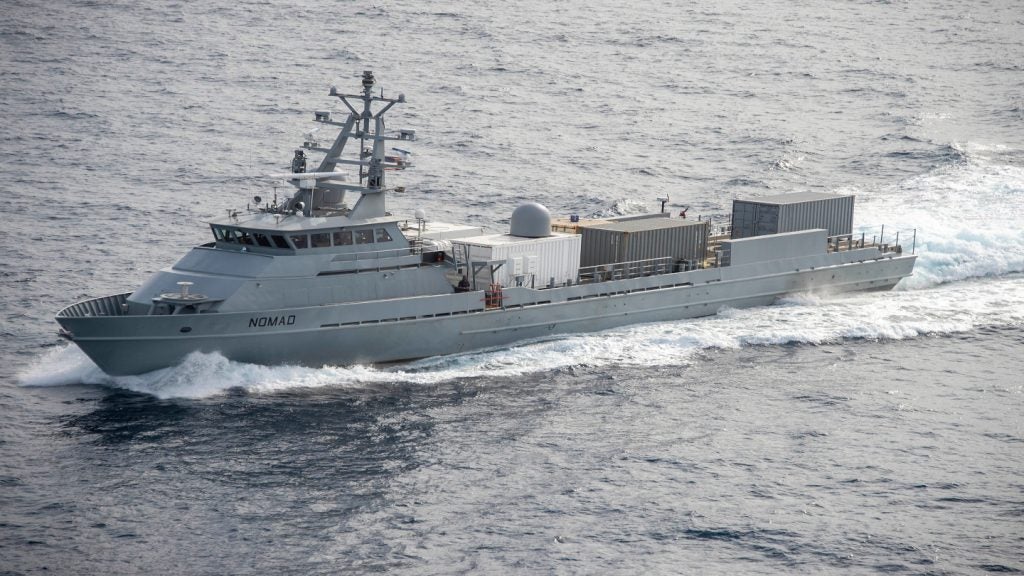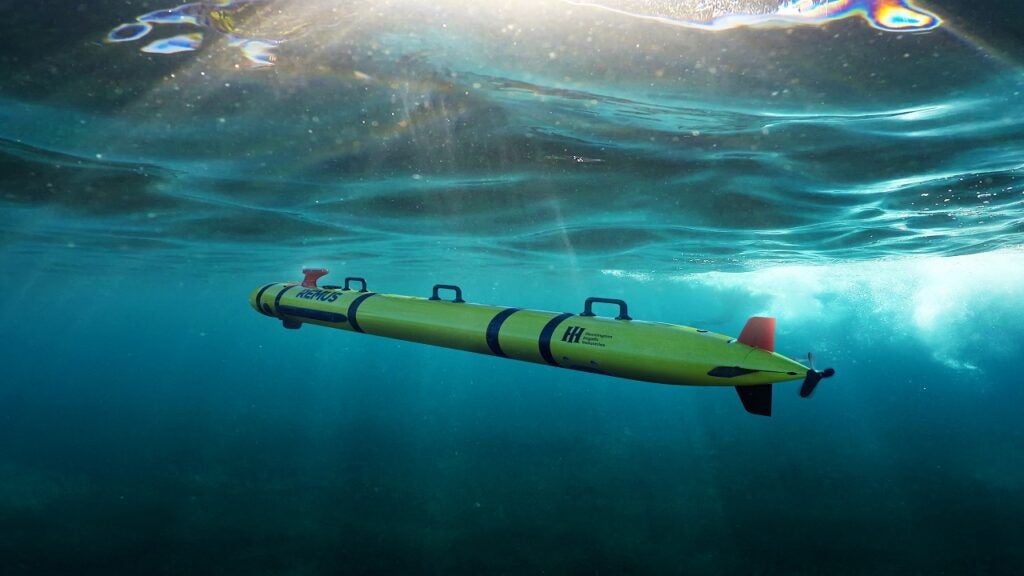The Musherib-class offshore patrol vessels (OPVs), operated by the Qatari Emiri Navy, were built by Italian shipbuilding company Fincantieri. The vessels are flexible enough to perform multiple missions, from surveillance to maritime combat.
Two Musherib-class OPVs, namely Musherib (Q61) and Sheraouh (Q62), were constructed at the Riva Trigoso and Muggiano integrated military shipyard in Italy, as part of a bigger €4bn ($4.4bn) contract awarded to Fincantieri under the naval acquisition programme of the Qatari Ministry of Defense in June 2016.
Musherib-class OPVs development and delivery
Musherib (Q61), the lead ship of the class, was launched in September 2020. The ship was delivered to the Qatari Emiri Navy in January 2022. It arrived at the Umm Al Houl Naval Base in Al Wakrah, Qatar in September 2022.
Fincantieri launched the second Musherib-class OPV, Sheraouh (Q62), in June 2021 and delivered it to the navy in July 2022.
Musherib-class OPV design and features
The OPV is 63.8m long, 9.2m wide and 5.65m deep. It has a full load displacement of 725t.
The vessel is designed in compliance with the rules for the classification of naval ships (RINAMIL) for Fast Patrol Vessel rules. It has a capacity to accommodate 38 crew members and can operate unreplenished for seven days.
The multi-purpose patrol vessel can also operate a rigid hull inflatable boat through a crane located at the stern.
Communications
Communications are supported by dual antenna satellite communication, tactical data links 11 and 16, joint range extension applications protocol, and an integrated voice and data communication system operating in high frequency/very high frequency and ultra-high frequency bands.
The OPV is also equipped with global maritime distress and safety system A3 military communications.
Sensors and radars
The Musherib-class vessels are configured with Leonardo’s Kronos high-power multifunctional radar system, which is based on the advanced active electronically scanned array technology.
The OPVs also feature Leonardo SIRM-C identification friend and foe interrogator and transponder, early warning system radar and communication, infrared search and tracking system and electro-optical fire control system, along with X and S-band navigation radars.
The sensor package also includes an integrated navigation system using differential global positioning system, echo sounders, speed logs and meteorological sensors.
Weapons and combat system
The Musherib-class OPVs are armed with 12.7mm machine guns, 30mm secondary calibre guns, 76/62mm super rapid multi-feeding main calibre guns, MK1 decoy launching system, Exocet anti-ship, surface-to-surface missile and VL-MICA surface-to-air missile.
The vessels are equipped with advanced command management system and integrated bridge system.
Propulsion and performance
The vessel is powered by four pulse detonation engines, using four featherable controllable pitch propellers and three diesel generators.
It can reach a maximum speed of 30kt and has a range of 1,500nm at a cruising speed of 15kt.
Details of Qatar’s naval acquisition programme
The Qatari Ministry of Defense contracted Fincantieri to supply seven new-generation surface ships, including four Al-Zubarah class corvettes, an amphibious Al-Fulk vessel landing platform dock and two Musherib-class OPVs.
Under the contract, Fincantieri will also provide support services for a period of 15 years after the delivery of the vessels.
The construction of the vessels began in 2018. Three of the four Al-Zubarah class corvettes were delivered to the Qatari Emiri Navy by December 2022, with the delivery of the fourth corvette expected in 2023.
Al Fulk amphibious vessel was launched at Fincantieri’s Palermo shipyard in January 2023.
The naval acquisition programme is aimed at increasing the country’s defence and deterrence capabilities and reducing its dependency on the US maritime-security architecture.

